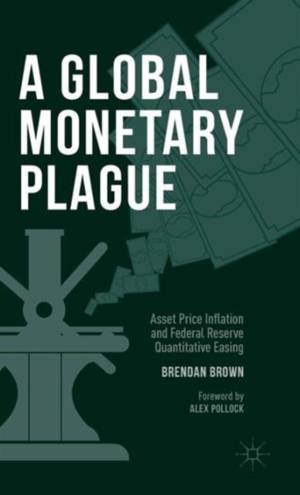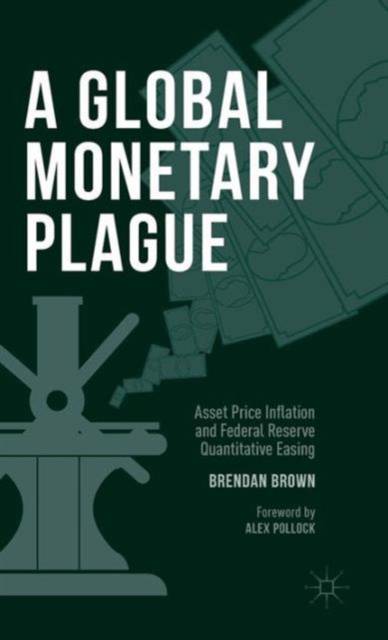
- Afhalen na 1 uur in een winkel met voorraad
- Gratis thuislevering in België vanaf € 30
- Ruim aanbod met 7 miljoen producten
- Afhalen na 1 uur in een winkel met voorraad
- Gratis thuislevering in België vanaf € 30
- Ruim aanbod met 7 miljoen producten
Zoeken
A Global Monetary Plague
Asset Price Inflation and Federal Reserve Quantitative Easing
Brendan Brown
Hardcover | Engels
€ 129,95
+ 259 punten
Omschrijving
The Great Monetary Experiment designed and administered by the Federal Reserve under the Obama Administration unleashed strong irrational forces in global asset markets. The result was a 'monetary plague' which has attacked and corrupted the vital signalling function of financial market prices. This book analyses how quantitative easing caused a sequence of markets to become infected by asset price inflation. It explains how instead of bringing about a quick return to prosperity from the Great Recession, the monetary experiment failed in its basic purpose. Bringing about economic debilitation, major financial speculation, waves of mal-investment in particular areas, and a colossal boom in the private equity industry, the experiment instead produced monetary disorder. Brendan Brown puts the monetary experiment into a global and historical context, examining in particular Japanese 'folklore of deflation' and the Federal Reserve's first experiment of quantitative easing in the mid-1930s. The author couples analysis from the Austrian school of monetary economics and Chicago monetarism with insights from behavioral finance, and concludes with major proposals for the present and the future, including ideas for monetary reform in the United States, and suggestions for how investors can survive the current market 'plague'.
Specificaties
Betrokkenen
- Auteur(s):
- Uitgeverij:
Inhoud
- Aantal bladzijden:
- 239
- Taal:
- Engels
Eigenschappen
- Productcode (EAN):
- 9781137478849
- Verschijningsdatum:
- 31/08/2015
- Uitvoering:
- Hardcover
- Formaat:
- Genaaid
- Afmetingen:
- 145 mm x 218 mm
- Gewicht:
- 498 g

Alleen bij Standaard Boekhandel
+ 259 punten op je klantenkaart van Standaard Boekhandel
Beoordelingen
We publiceren alleen reviews die voldoen aan de voorwaarden voor reviews. Bekijk onze voorwaarden voor reviews.











